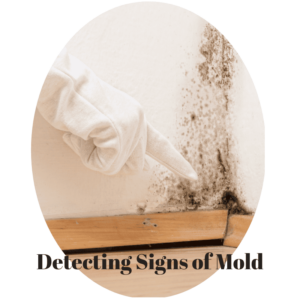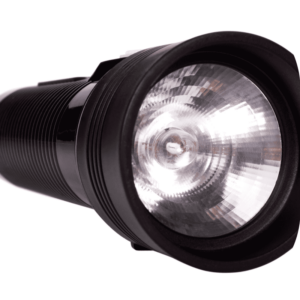How To Detect Mold With A Blacklight
Mold can cause severe health problems, so it must be dealt with quickly when there is a manifestation of it in one’s home. Also, there is a risk of suffering ailments such as allergies, nausea, asthma attacks, and other issues. Once someone has a feeling that their home is infected, it is crucial to find the source instantly.
It is easy to locate mold through its black, brown, or gray look. However, not all mold is visible to the human eye, and that’s because it stays in the walls. This requires the use of a blacklight to spot the invisible fungus.
A blacklight is a long-wave ultraviolet light that makes hard to see substances visible with the human eye. Here are methods on how to detect mold with a blacklight.
 Detecting Signs Of Mold
Detecting Signs Of Mold
How do you detect mold in your home? Before using a blacklight, one has to inspect the building for revealing signs of a fungal presence. Take a look at the walls, books, fabrics, and other things in the building that have the possibility of holding excess moisture.
An environment with more dampness has the highest probability of hiding a mold presence. Keeping a handy humidity detector around is the easiest and most convenient way to sense the current level of moisture in every room. This will help to detect all the places where a mold infestation is occurring.
Spotting Mold
Once you have identified the areas with a high level of humidity, it is time to carry the ultraviolet light to the rooms or areas. Shine the blacklight directly over the walls, fabrics, or wooden fixtures, and look closely for signs of a green-yellow glow. This is crucial to identify the major source of a fungal colony by marking it.
The Aiming Angle With A Blacklight
Not knowing the right way to aim the blacklight to the suspected surface may cause one to miss a spot of crucial toxic, and light-colored molds. You should shine the ultraviolet light closely along the sides of the suspected surface or walls. The angle of illumination will show the presence of fungus easily, without much effort.
 Verifying The Glow Spots
Verifying The Glow Spots
Detecting a mold presence, using a blacklight, requires close examination of the area. You might not see a fungal infection by just shining the light directly on the suspected area.
Some products used for cleaning, and certain inks produce a yellow glow once an ultraviolet ray is shone on them. It is vital to recognize the difference between those items and mold, so as not to get the wrong results.
Sheets of paper, or books with highlighter ink in them may also reveal a yellow glow, discounting the likelihood of a fungus colony. If the suspected surfaces have no presence of these products and chemicals, then the blacklight results will reveal that there is mold contamination.
Conclusion
The presence of mold on some wall surfaces can be hard to spot. Nevertheless, using a blacklight in the right way will reveal any hidden fungus colonies. It would be best to hire an expert for bigger mold contamination problems that exceed more than an area of 40 square feet.
Comments
Post a Comment